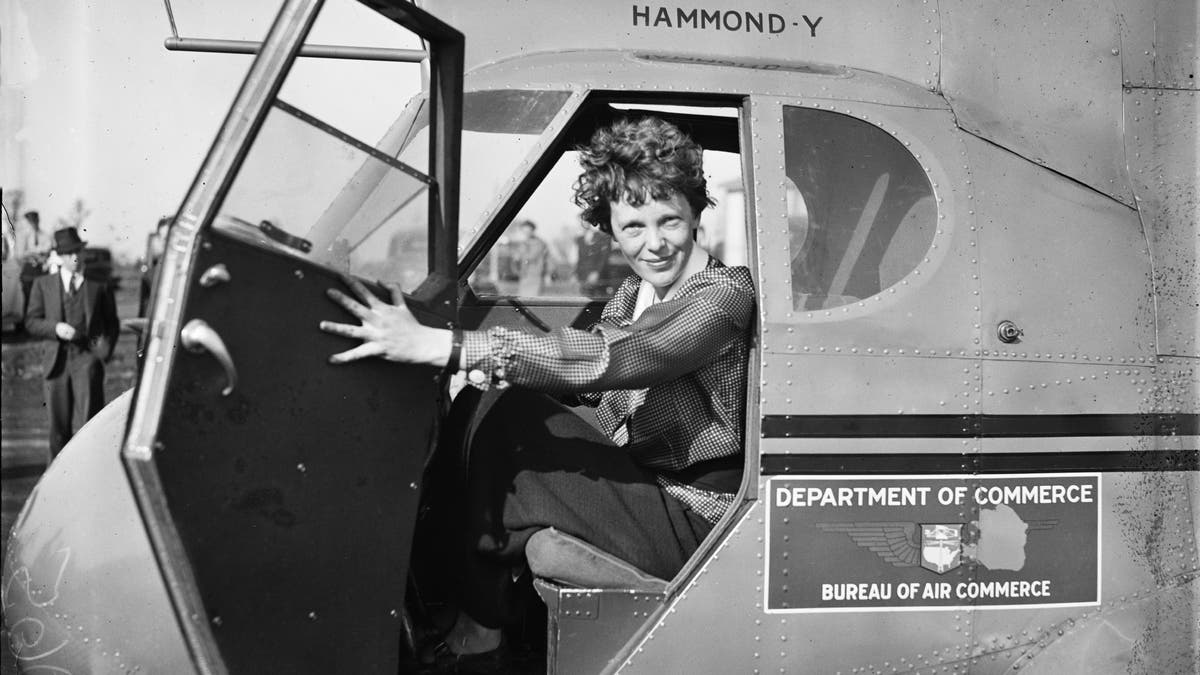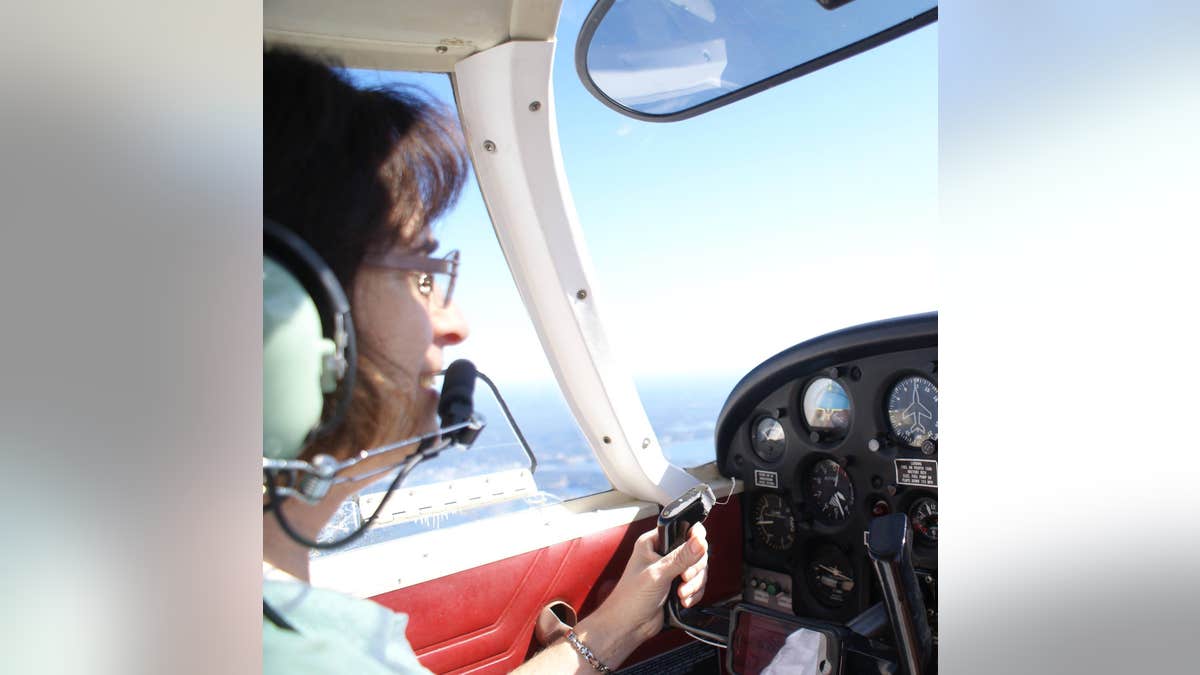
Amelia Earhart was the first woman to fly solo across the Atlantic. (Credit: Library of Congress)
Eighty-four years ago this week, Amelia Earhart stunned the world by becoming the first woman to fly solo across the Atlantic, in a grueling test of endurance and skill. Today, 130 women pilots are gearing up for a challenge that will be just as demanding and personally fulfilling — they will be flying the Air Race Classic, an annual four-day, 2,700-mile, all-women airplane race.
From the moment they leave Prescott, Ariz., the morning of June 21, they will put their determination and abilities to the test as they wing their way across the country as fast as their airplanes will go, racing the clock around the Midwest and down to Daytona Beach, Fla.
Over the years, ARC racers have included WASP who flew for the Army during World War II, the country’s first helicopter instrument flight instructor, military fliers, airline pilots, civilian flight instructors, college students, even high school students; women of all ages and from all walks of life.
The ARC is a direct descendant of the 1929 Women’s Air Derby — aka the Powder Puff — which Earhart flew but, incidentally, did not win. Back then, women held only about 3 percent of pilot’s licenses. That wasn’t unusual; many professions were virtually exclusively male. But in the 80 years since, much has changed. More than 50 percent of college students in the U.S. are female. Women practice in every medical specialty. The Supreme Court, which didn’t get its first woman justice until 1981, is now one-third female.
And in aviation? The percentage of U.S. aviators who are women has risen to a whopping 6 percent: about 40,000 women out of 600,000 total pilots.
Why hasn’t aviation kept up? Shamefully, as in 1929, it is still largely a boys’ club. Many flight schools expect students to be familiar with engines and mechanical systems that girls are not exposed to. Females who ask questions are made to feel stupid. Sexual harassment can start during flight training and persist throughout a woman’s piloting career.
At a recent National Intercollegiate Flying Association (NIFA) contest, a female competitor from a storied aviation university was singled out for shaming on social media by other teams. Think it got personal? Of course it did.
Qantas, the Australian airline, only this year got around to providing woman-tailored uniforms for its female pilots.

The author, Bev Weintraub, piloting her aircraft. (Credit: Philip F. Cianciolo)
Last week, four female pilots sued Frontier Airlines claiming discrimination while they were pregnant and nursing — including forced unpaid leave of as much as 10 weeks.
The indignities range from the ridiculous to the outrageous, and they make no sense. The aviation industry should be seeking out the best pilots around, both men and women, rather than dismissing half the population.
Encouraging female pilots would be good for business: Harley-Davidson saw sales boom when it started marketing to women, a promising strategy for flight schools operating on a shoestring. It would be good for safety: A 2013 survey found that while women make up 10 percent of U.S. Army Apache helicopter pilots, they account for only 3 percent of accidents — for all-female crews, the number of accidents was zero. And it would be good for the country: The U.S. is suffering from a pilot shortage that has, according to Forbes magazine, already curtailed air service to more than 100 cities since 2013 and is only going to get worse. Doubling the hiring pool would provide many of the thousands of pilots we will need in the decades ahead.
Until that happens, though, each of our nation’s female fliers needs to answer the skepticism and nagging doubts by showing confidence in her abilities, having the skills to back it up and building a robust support system.
That’s why, even in 2016, the Air Race Classic is so important. The ARC is the oldest women’s networking organization in aviation, providing aeronautical education, safety training, professional contacts and an unparalleled opportunity for putting piloting abilities to the test. The 55 teams who will be competing this year are a source of support and strength – and fierce competition, forcing all who fly the race to bring their best.
When those pilots take off from Prescott, facing brutal heat, high density altitude, unfamiliar mountainous terrain and unpredictable weather, they will prove beyond a doubt that they have earned their wings, soaring high and flying proud.
Beverly Weintraub, a Pulitzer Prize-winning journalist, is a New York-based director of the Air Race Classic and will be competing in this year’s race, co-piloting a Beechcraft Sundowner C23.
